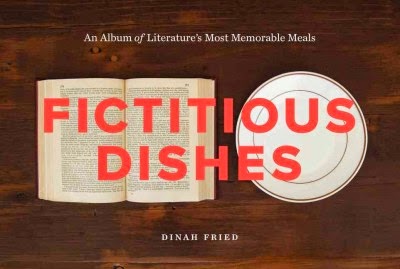July 30, 2014 marks the fiftieth anniversary of the death of Erna Fergusson. ABC Library remembers Fergusson as an ally, a pioneer, and a patron in the best sense of the word. The cultural and intellectual growth of Albuquerque’s citizens mattered to Fergusson as much as the growth of its streets and subdivisions. Her staunch support of Albuquerque’s libraries ensured that as the city grew, its libraries did, too.
Erna (Ernestine Mary) Fergusson was born in 1888. Her grandfather, Franz Huning, was one of three key players who brought the railroad to Albuquerque. Her mother, Clara Huning Fergusson, was active in civic affairs, and her father, Harvey B. Fergusson, served from 1912 to 1915 as congressman for the newly-admitted state of New Mexico.
Among her varied careers, Fergusson taught, worked for the Red
Cross home service, reported for the Albuquerque
Herald newspaper, ran Koshare Tour Services, and wrote several
books. Her occupations always served her principal preoccupations -- her
passion for the unique beauties of New Mexico, and her faith in “New Mexico’s
extraordinary opportunity to make of its diverse heritages a richly patterned
and truly democratic community.” (New Mexico: a Pageant of Three Peoples, p.264.)
When it came to Albuquerque’s public libraries, Fergusson
was both historian and advocate. She remembered the library ball, an early
fundraising effort by the Ladies’ Library Association. She was an adolescent witness
to the battle over moving the library from the Commercial Club to the Raynolds
building in 1901, and she was instrumental in the campaign to build a new
library (now Special
Collections) in 1925.
Of the rebuilding of Albuquerque’ first public library she
recalled the argument that persuaded Clyde Tingley that the fire-damaged Raynolds
building should be demolished and a new library built on the same site:
“The chairman of the City
Commission at the time was a very picturesque gentleman who had no books and
naturally saw no point to anyone else having them. But he was a builder – he liked
building – that interested him, and he said to me one time, ‘You know, I seen
all that stone in that old Raynolds Building and I just thought wouldn’t that
make a good fire station.’ So he put it to the City Commission that way, and
the City Commission agreed that a new Fire House would be fine, and you
couldn’t get any better stone than tearing down that old library. Then there
was going to be a pile of bricks which they might as well use to build a new
library.” (“Libraries in the Southwest:
Their Growth – Strengths – Needs.” UCLA Library Occasional Papers.
Number 3. 1955.)
Fergusson led the call to rebuild the library in the Pueblo
Revival style: “It will be as good an advertisement for the town as the
Alvarado and Franciscan [hotels] have proven to be in the past.” (New Mexico State Tribune, June 19, 1924).
Albuquerque was fortunate that she and her supporters prevailed – the Alvarado
and the Franciscan are long gone, but the library is still in business.
Erna Fergusson understood that it took persistence and hard work to build a library – not so much to build the edifice, but to solve the “terrific problem: how to make people realize that money invested in books … is a good investment in the town.” (“Libraries in the Southwest: Their Growth – Strengths – Needs.” UCLA Library Occasional Papers. Number 3. 1955.) For forty years, she lent her support as the Albuquerque Public Library on Edith and Central grew into a library system with six locations and bookmobile service to the unincorporated areas of Bernalillo County.
Erna Fergusson understood that it took persistence and hard work to build a library – not so much to build the edifice, but to solve the “terrific problem: how to make people realize that money invested in books … is a good investment in the town.” (“Libraries in the Southwest: Their Growth – Strengths – Needs.” UCLA Library Occasional Papers. Number 3. 1955.) For forty years, she lent her support as the Albuquerque Public Library on Edith and Central grew into a library system with six locations and bookmobile service to the unincorporated areas of Bernalillo County.
The Friends
for the Public Library, the Albuquerque
Public Library Foundation, and the Library Advisory Board continue
Fergusson’s efforts to address the “terrific problem”. Albuquerque dedicated its seventh library to
her memory when it opened Erna
Fergusson Library on April 3rd, 1966. The library named in Fergusson’s
honor remains one of ABC Library’s busiest, liveliest branches – and that may
be the best tribute we can offer her.
Dedication Card for Erna Fergusson Library
For a more complete account of Fergusson’s life, check out
Robert Gish’s Beautiful Swift Fox.













